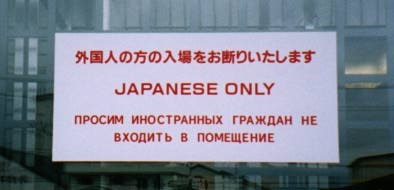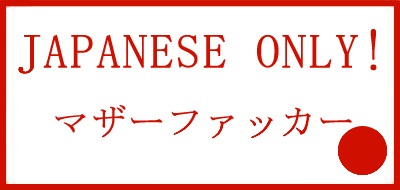Before an evening party with the others, my colleague and friend (a JET who was my guide and interpreter during my first exchange trip in 1998) points to a sign in the window of a shop.
“Look at this this,” he says. The sign reads: No foreigners allowed.
“What if I failed to notice the sign went in?” I asked.
“You simply wouldn’t be served. You’d be ignored until you left. If you did go in, you wouldn’t get served even if you can speak Japanese.”
I couldn’t wrap my head around a shopkeeper who would turn away business. Hadn’t Japan recently welcomed the world to the Nagano Olympics? Wasn’t the Japanese government promoting tourism? How did this fit with the spirit of omotenashi, Japan’s famous selfless hospitality?
However, after more experience gathered over the years since I first travelled to Japan, I observed that many non-Japanese travelers often have connections to someone they know who is living in Japan and can show them around.
For others, their travel experience is filtered through guided tours rather than independent travel. Naturally, any guided tours would steer clear of spots with such signage. For cultures and individuals who prefer to travel in packs or herds, this works.
However, for the freewheeling soul who objects to being tethered to a package tour and guide, this can be highly unsatisfactory. For individuals who choose to slip the leash, a different Japan awaits; however, it’s a Japan where they may not be welcome everywhere. Today, a quick Google search of images confirms that it is possible to find signs in English and multiple languages in various establishments saying the following:
No Chinese or dogs allowed. No Americans. No Filipinos.
No foreigners without a Japanese escort. No groups of foreigners.
Frankly, offensive as it is, there are those locals who prefer to stick to “their own kind” rather than do business with “any other kind” (which is their loss in numerous ways). Fortunately, even when poking around back streets and stepping into places where the proprietors speak little or no English, I’ve never been turned away or ignored by anyone. That said, I know friends who have.
In some establishments such as Nijo Jinya in Kyoto, I have been required to make a reservation and bring a Japanese-speaking guide. However, that’s clearly spelled out in all the tourist information. It also makes sense because that is a site which remains a private residence. Certain parts of the building are not public, and without language skills how would a visitor know?
As for the rest, unfortunately it only takes one negative encounter to taint the entire experience.



2 Responses to Seriously. No Foreigners Allowed.